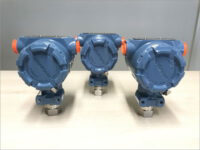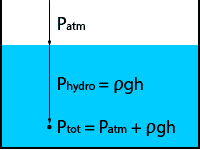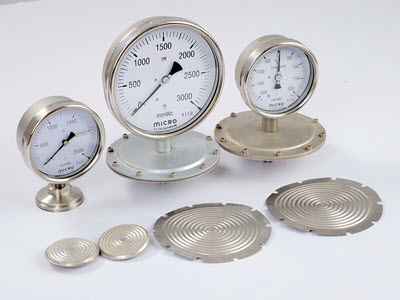Mass flow units converter
Convert lb/min to kg/s, kg/h to lb/h …
8 January 2016
UnitConversion.org – the universal assistant for all of your unit conversion needs.
Other unit converters
How to use the Mass Flow Units Converter
- Select the unit you want to convert from in the input unit list on the left.
- Select the unit you want to convert to in the output unit list on the right.
- Enter the value of the input unit to convert from in the input box on the left.
- The tool will immediately display the equivalent value of the output unit in the output box on the right.
Steps 1 to 3 may be executed in random order.
The value of your input unit can be converted to any other unit by just selecting a different output unit in the list on the right.
What is mass flow rate?
Mass flow rate is the mass of a substance that passes through a surface per unit of time. For a fluid flowing through a pipe, this surface is the cross-sectional area of the pipe. The SI unit for the Metric system is kilogram per second (kg/s). The unit for the Imperial/US Customary system is pound per second (lb/s).
The mass flow rate can be calculated by the formula:
 = ρ . Q = ρ . v . A
= ρ . Q = ρ . v . A
| where: |  |
= | mass flow rate, in kg/s |
| ρ | = | mass density of the fluid, in kg/m3 | |
| Q | = | volume flow rate, in m3/s | |
| v | = | flow velocity, in m/s | |
| A | = | cross-sectional surface, in m2 |
When to use mass flow rate instead of volume flow rate?
A volumetric flow rate does not take into account the number of molecules of a substance in the flow, but only says something about the volume that these molecules take up. At a different pressure or temperature, the volumetric flow rate in a pipe can be the same, but more or fewer molecules pass through. More or less substance has therefore flowed through the pipe. However, the volumetric flow rate has not changed. This is because the density of the substance has changed.
Mass flow does take into account the number of molecules of a substance. The density is now becoming important in determining the mass flow rate. If the density changes due to a change in pressure or temperature, the mass flow rate will also change.
If the density is not constant, it is better to quantify the flow rate using a mass flow rate.
Leave a Comment
Your email address will not be published. Fields marked with * are required.














